Rabbit Feed Pellet Machine and Feed Formula Technology
Date: 03/02/2021 09:29:10 From: feed-pellet-plant.com Clicks:
As we all know, rabbit is a herbivore, thus, many people think rabbit can live easily by feeding them some grasses or carrots. The actual condition is it is not so much easy to raising rabbit. The biggest problem is the nutrition requirements. The nutrition of rabbit depends on their life stage and intended purpose. Majority of rabbits can grow healthy and strongly with a diet where contains 16% of protein. But for the rabbit who is in the suckling period and the newly weaned kits, or baby rabbit, the protein of the diet should be increased to 18%.
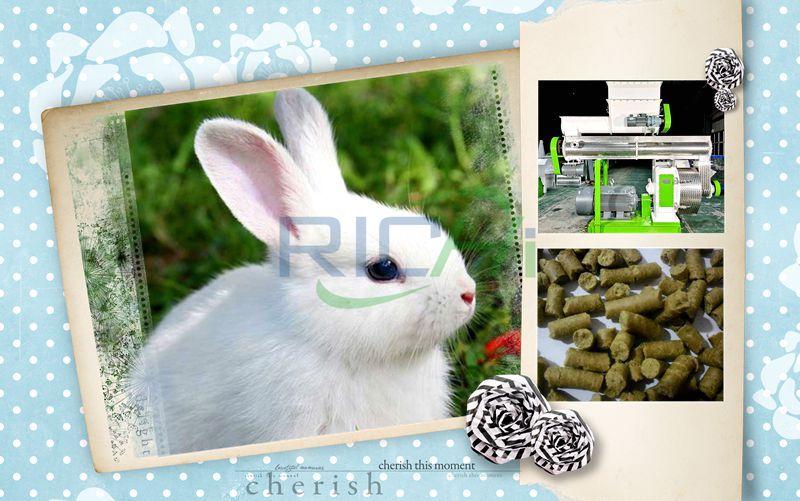
Rabbit Feed Pellet Machine and Rabbit
Rabbit feed formula is the basis of rabbit production. It is not only related to the performance of rabbit production performance, but also directly related to the economic benefits of rabbit producers. In the production of rabbits, feed cost can account for more than 70% of the feeding cost. Therefore, if you want to reduce the cost of rabbit feed, it is more cost-effective to buy a rabbit feed pellet machine to produce feed. Generally, a small output feed pellet machine 1-2 Years can pay back. How big is the output of the rabbit feed pellet machine?
I. Technical parameters of rabbit feed pellet machine
| Model | Capacity(TPH) | Main Motor Power(kw) | Feeder Motor Power(kw) | Conditioner Power(kw) | Dia.of Ring Die(mm) | Final Pellet(mm) |
| SZLH250 | 1-2 | 22 | 0.75 | 1.5 | 250 | 2~12 |
| SZLH320 | 3-4 | 37 | 1.5 | 2.2 | 320 | 2~12 |
| SZLH350 | 5-7 | 55 | 1.5 | 3 | 350 | 2~12 |
| SZLH420 | 8-12 | 110 | 1.5 | 7.5 | 420 | 2~12 |
| SZLH508 | 10-18 | 160 | 2.2 | 11 | 508 | 2~12 |
| SZLH558 | 15-25 | 180/200 | 2.2 | 11 | 558 | 2~12 |
| SZLH558D | 14-22 | 160/180/200 | 1.5 | 7.5 | 558 | 2~18 |
| SZLH678 | 20-30 | 220/250 | 2.2 | 11 | 678 | 2~12 |
| SZLH678D | 15-25 | 200/220/250 | 2.2 | 11 | 673 | 2~18 |
| SZLH768 | 25-40 | 280/315 | 2.2 | 11 | 768 | 2~12 |
| SLZH858 | 25-42 | 280/315 | 2.2 | 15 | 858 | 2~18 |
II. Why Choose Rabbit Feed Pellet Mill for Rabbit?
Many rabbit feeders see the superiorities of feed pellets to replace the rabbit feed type, even more people begin to make rabbit feed pellets by themselves with rabbit feed pellet mill, which is the best choice for making feed pellet. Here are the reasons why they choose rabbit feed pelleting mill.
Save cost. After pelleting processing, the feed density has increased, thus reducing the storing space, saving the transportation cost. Besides, the feed pellet with uniform shape and length has good fluidity, preventing the adhesion effectively and saving the managing cost.
Continence. Rabbit feed pellet mill for self use is a kind of small feed pellet press, which is deigned with small size and simple structure, is easy to install, operate and maintain, saving the cost.
High return. Due to the comprehensive effect of temperature, moisture and compression, there exists physical and chemical reaction during the pelleting processing, which enhancing the activity of enzyme, to make the rabbit digest easily and grows fast.
Rabbit feed pellet equipment makes feed pellet with mixing several kinds of raw materials together, ensuring the daily nutrition of rabbit, avoiding rabbit becoming picky eater and even killing the bacteria of the rabbit feed.
III. Rabbit feed formula
1. The principle of rabbit feed preparation
The feed should be diversified to meet the needs of rabbits for various nutrients; there should be no less than 3 kinds of concentrates in the feed, and the proportion should be appropriate to make up for the lack of nutrients; pay attention to the palatability of the feed, rabbits like Eat high-fiber feed, but high-fiber will reduce the nutritional level of the feed. Adding fat to the feed can improve the palatability, but the content should not be too high, otherwise it can cause digestive tract diseases; rabbits do not like to eat very finely ground feed, but like to eat pellets. Like to eat plant protein over animal protein. If you like to eat sweet feed, you can add 3% sugar to the pellets to increase your appetite; add appropriate antibiotics and anticoccidial drugs to the feed regularly.
Although adding medicine has no direct nutritional effect, it can promote growth and prevent certain diseases. However, drug resistance will occur after a certain period of use, and will remain in the rabbit body, causing adverse effects. For this reason, commercial meat rabbits should stop using antibiotics and anticoccidial drugs about 10 days before the sale; the type of feed should be relatively stable and need to be changed It should be gradually changed; try to use local feeds based on local conditions and meet nutritional needs to reduce feed costs.
2. Requirements for the preparation of rabbit feed
Fat: maintenance feed should contain 2% to 4%, production feed should contain 3% to 6%; nitrogen-free extract: maintenance feed should contain 42% to 50%, production feed should contain 44% to 52%; crude protein: The protein requirement of rabbits varies greatly. For non-production adult rabbits, a feed containing 12%-15% crude protein is sufficient. 6-month-old or older rabbits in the growth or finishing stage should have a crude protein content of 16% to 18%. Female rabbits at 2 weeks of pregnancy or early secretion should be fed with 24% to 26% crude protein.
In order to obtain the maximum production, production rabbits and feeding female rabbits can only rely on concentrated feed to obtain the necessary energy and protein. The energy and protein requirements of long-haired rabbits vary greatly during the shearing interval. The content in the first 1/3 stage of the interval should be increased accordingly compared to the latter 1/3 stage. If the protein quality is too poor, its requirement can be increased by 50%. If the rabbit farmers prepare the mixture by themselves, the nutrients in the feed should be increased by 20% to 30%. If there is insufficient protein in the feed, it will reduce the rabbit's feed intake.
Special attention should be paid to adding an appropriate amount of sulfur-containing amino acids about 0.7% to the feed for long-haired rabbits and growing rabbits; ash content: ash content in all rabbit feeds should be 5% to 6.5%; cellulose: to reduce feed costs and maintain the stage Rabbits should be fed with a higher crude fiber content of feed, roughly 16% to 22%. The crude fiber content of rabbit feed should be 12%-16%. Many studies have shown that non-digestible fiber has the effect of preventing enteritis; vitamins: adding appropriate amount of vitamin B6 to feed can increase weight gain and accelerate blood clotting speed, which is very important for the prevention and control of coccidiosis.
Meat rabbits have a relatively large demand for vitamin D, and long-haired rabbits have a small demand; minerals: the calcium content in the feed should not exceed 1%. In order to prevent calcinosis, the content of phosphorus should not exceed 10 grams per kilogram of feed, and the ratio of calcium to phosphorus should be 2:1, or slightly higher than this value. When the content of copper in the feed is 0.02%, the incidence of calcinosis can be reduced. When the minimum amount of potassium in the feed is not less than 3%, it helps to improve the digestibility of crude fiber. Minerals are best added in the form of feed additives.
The above is the article for you: Rabbit Feed Pellet Machine and Feed Formula Technology. If you are interested in our products or project solutions, please contact us. We will give you the best product quality and the best price. Email: enquiry@pellet-richi.com
Related Product
Production Line Equipment
related News
- >Can You Send Me an Animal Feed Pellet Machine Quotation?
- >Cattle Feed Pellet Machine Solves the Problem of Cattle Feeding in
- >The Feed Pellet Machine Makes Corn Stalks Into Cattle and Sheep Fe
- >300kg-500kg Beef Cattle Feed Formula and Cattle Feed Pellet Machin
- >Large-scale Commercial Feed Factory Cattle Cow Feed Pellet Machine
- >Cattle and Sheep Feed Pellet Machine: Can Corn Stalks Be Made Into
- >Goose Feed Pellet Machine and Goose Feed Formula
- >How Many Kilograms of Feed Does a Sheep Eat a Day? Do I Need to Bu
- >What Are the Classifications of Cattle Feed Produced by the Cattle
- >Donkey feed pellet machine and donkey feed formula
Here you can submit any questions and we will get back to you as soon as possible. We will not disclose the information you submit to anyone, please rest assured.
Copyright© 2022 Richi Machinery. All rights reserved. Site Map


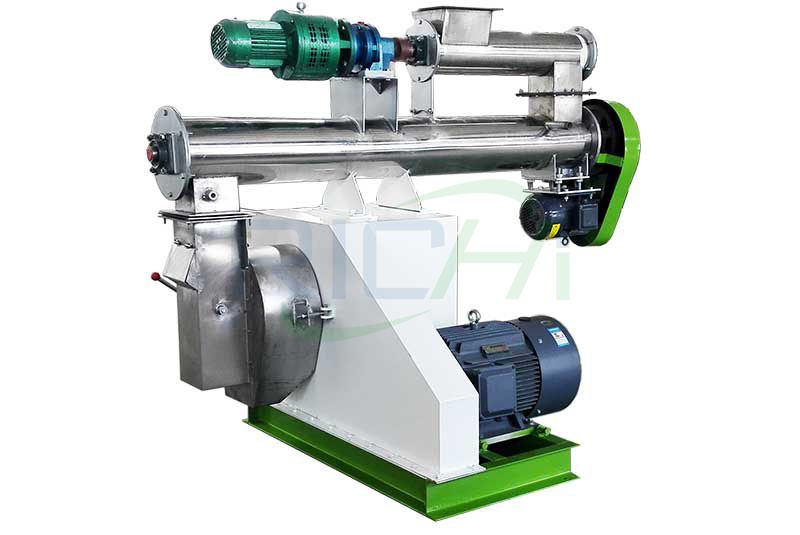
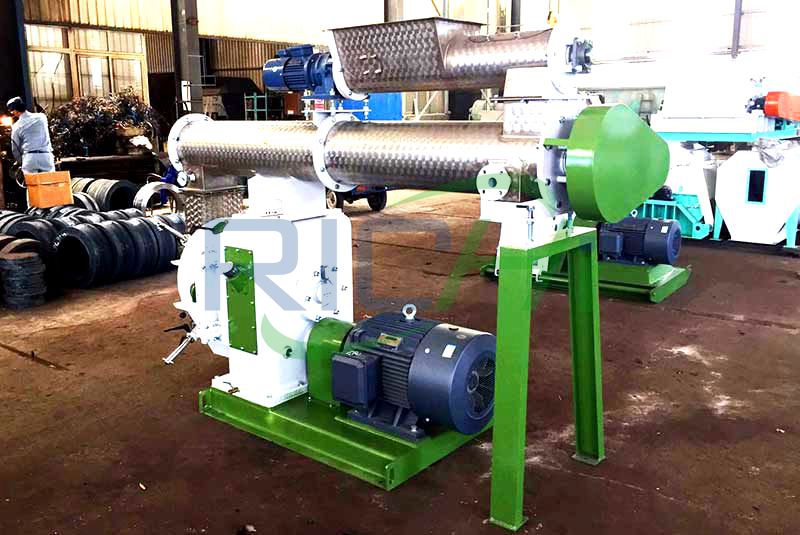
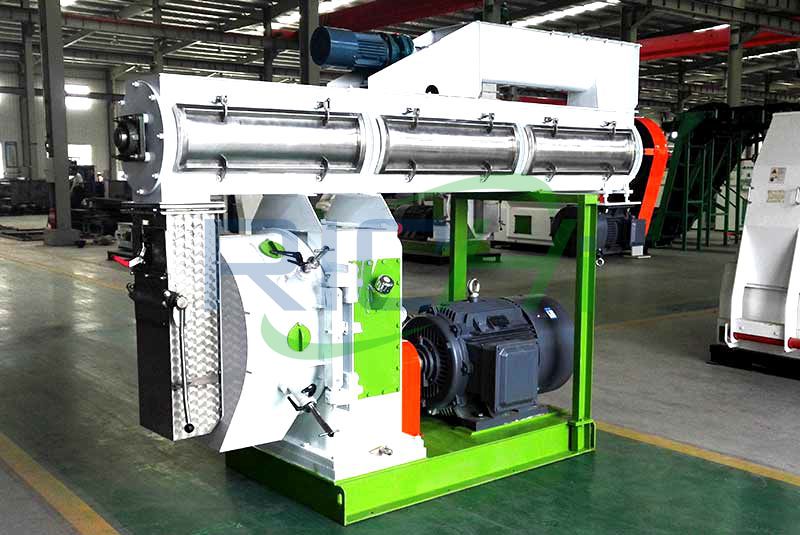
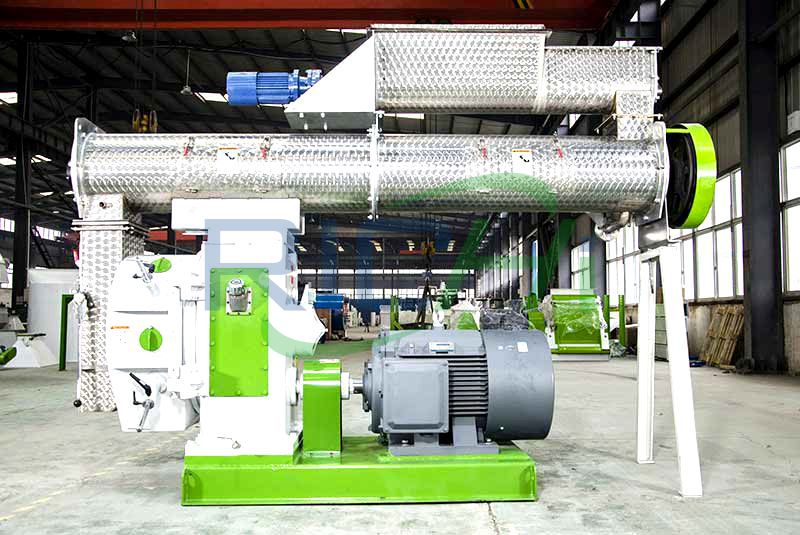
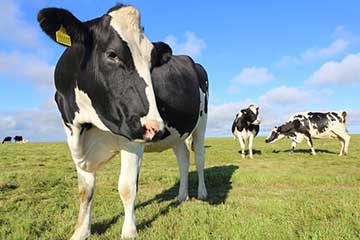
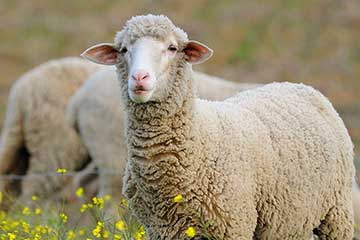
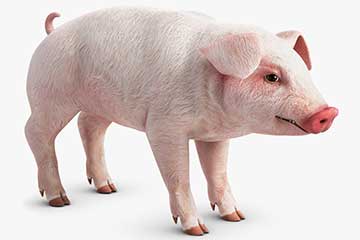
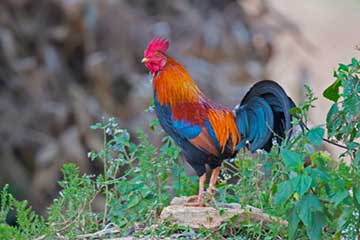
 Product Center
Product Center Get Latest Price
Get Latest Price